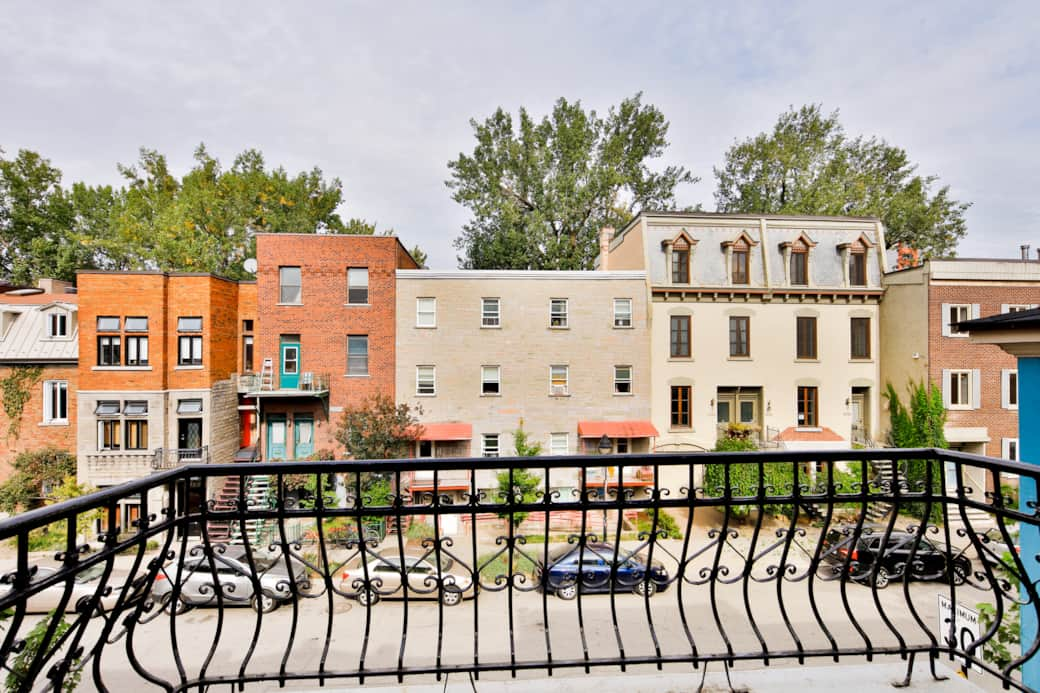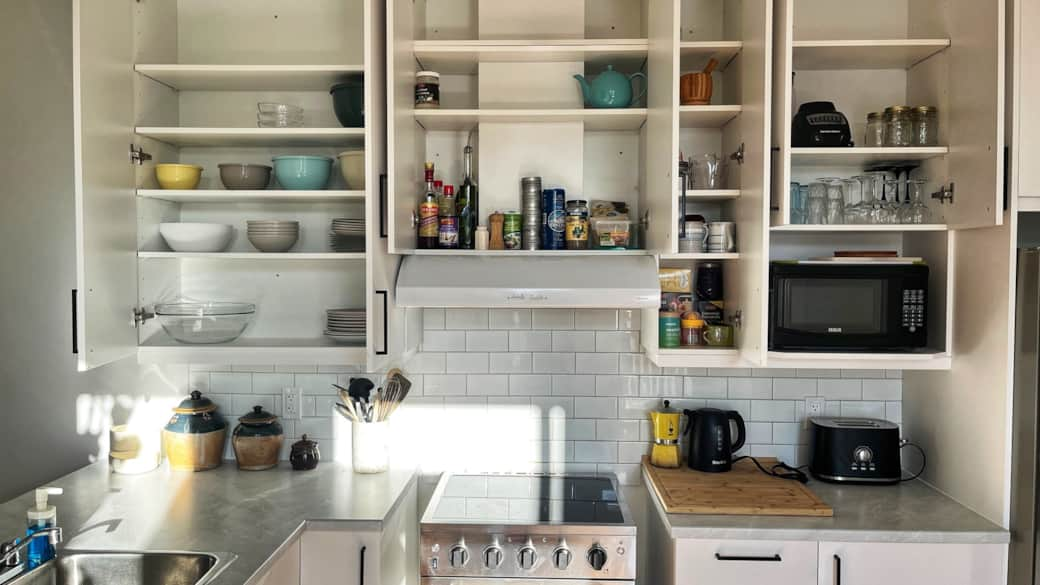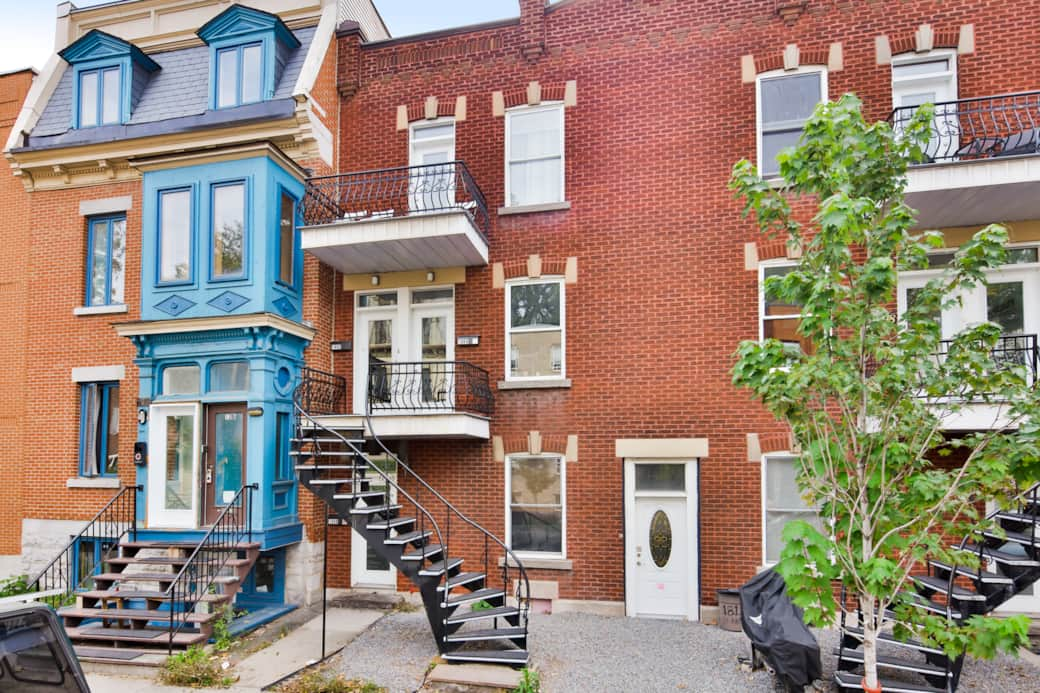Protect Your Investment!
Do you want a clear lease that is compliant with the law and tailored to your situation? Contact Bénoline to be assisted with your rental property management.

July 2025
Drafting a lease agreement in Quebec is a crucial step for successful rental management. This legal document, governed by the Tribunal administratif du logement (TAL), protects both your interests and those of your tenants by setting clear ground rules. It helps prevent misunderstandings in a diverse market like Montreal.
In this guide, we'll cover the key concepts every landlord needs to know before drafting or renewing a lease.
A lease is more than just a piece of paper. It's a legal contract that binds the tenant and the landlord for a specific duration. In Quebec, it is governed by the Civil Code of Quebec (CCQ-1991), which ensures a fair and equitable framework. Clauses in a lease cannot contradict this code, or they will be considered null and void by the TAL (tal.gouv.qc.ca/en).
The lease agreement protects both parties:
The official TAL lease form is designed to include all the legally required elements: identification of the parties, a description of the dwelling, the rent, the lease term, and the included services. It serves as a reference document in case of a dispute, making its use essential for healthy and stress-free rental management.
To give you an idea, here is the official lease model found on the Légis Québec website: Mandatory TAL Form - Residential Lease.
These clauses are an integral part of the standard lease form and cannot be modified or removed. They are the backbone of the lease, ensuring the contract is fair and respects the law. As a landlord, you don't have to write them, but you must understand them to know exactly what you're committing to and to properly inform your tenants of their rights and obligations.
Here is a table that simplifies and highlights the most relevant and useful information for a landlord, according to Bénoline.
| Section | Main Content | Key Points |
|---|---|---|
| General Provisions | General clauses on the rights and obligations of tenants and landlords. | The landlord has the right to access the dwelling for repairs or visits with 24 hours' notice. |
| Lease Conclusion | Details on the language of the lease and the right to renewal. | Leases renew automatically. New tenants have the right to request the previous rent. |
| Right to Remain in the Premises | The tenant has the right to remain as long as they meet their obligations. The landlord can only end the lease for specific reasons. | The landlord must give written notice to access the dwelling or show it. Tenants must allow this access. |
| Peaceful Enjoyment of the Premises | The tenant has the right to peaceful enjoyment of their home. The landlord must ensure the tenant is free from nuisance. | Overpopulation of the dwelling can be a reason for lease termination. |
| Maintenance and Repairs | The landlord is required to provide and maintain a habitable dwelling. | The tenant must inform the landlord of any damage or deterioration. |
| Assignment and Subletting | The tenant has the right to assign or sublet the lease, but they must have written consent from the landlord. | The landlord cannot refuse without a serious reason. |
| End of the Lease | The tenant must vacate the dwelling at the end of the lease and return it in the same condition, minus normal wear and tear. | The landlord cannot keep a security deposit for damages. |
| Lease Renewal | The lease automatically renews. Specific deadlines and procedures for lease modification, repossession, or eviction are clearly defined. | The tenant has one month to respond to a rent increase notice; otherwise, the lease is automatically renewed under the new conditions. |
The official TAL lease form is structured in several sections, each playing a specific role in defining the rental conditions. In this article, we'll group them into three main themes to help you understand the key points. We will provide a complete, step-by-step guide to filling out the form in our next article.
A lease always begins with the identification of the parties:

👉 Good to know: It's not legally required for all adult occupants to sign the lease. A single tenant can be legally designated as the sole person responsible to the landlord. Other occupants would then be considered simple occupants, with no direct rights or obligations.
However, it is highly recommended to have all adults sign, as each becomes jointly and severally liable for the rent. In the event of non-payment, the landlord can claim the amount from any of the signatories, which reduces the risk.
👉 In short: It's not a legal obligation, but it's a wise precaution to secure your rental income, especially for roommates or couples.
A lease must precisely describe the rented dwelling.
💡 Example: A lease can specify that the dwelling includes outdoor parking and a refrigerator, but not electricity or internet.
👉 Important:
The section on price and conditions is at the heart of the lease. It must be clear and unambiguous.
| Element | Authorized? | Example |
|---|---|---|
| Security deposit (damages) | ❌ No | Forbidden |
| First month's rent paid in advance | ✅ Yes | The tenant pays the first month before moving in |
| Deposit for keys/remote | ✅ Yes | $50 for a lost key |
| Indication of previous rent | ✅ Mandatory | Must appear in the lease |
⚠️ Good to know:
*Comparative Table: Financial Inclusions
A lease alone isn't always enough to specify everything. This is why it can be supplemented by:
⚠️ Warning: These documents only have legal value if they are annexed to the lease and signed by the tenant.
An annex is a document attached to the lease to add specific clauses. It's an essential tool for personalizing your rental contract and making it more precise than the standard form. Here's what you can include:

A building bylaw is often confused with annexes, but it has a different function. While the lease is the contract, the bylaw is the "code of conduct" for your property. It defines the rules of behavior and cohabitation for all occupants.
Although it is a separate document, the building bylaw only has legal value if it is annexed to the lease and signed by the tenant. This formality makes its clauses mandatory. It's the best place to detail daily life aspects like garbage management, pet rules, or a smoking ban in the building.
📢 Update - August 2025: For more details on drafting a building bylaw, we invite you to consult our specialized guides: The Building Bylaw: An Essential Tool for Your Rental Management in Montreal and Drafting Guide: How to Create Your Building Bylaw in Montreal.

In Quebec, a lease is automatically renewed if neither party objects. This means the tenant remains in the unit under the same conditions. If you wish to increase the rent or modify a clause, you must provide written notice within the required timeframes:
The notice must be clear and ideally sent using the official TAL form.
📢 Update – September 2025: For a complete guide on lease renewal and rent increases, check out our detailed article: “Lease Renewal and Rent Increase in Quebec”.

Good rental management is not improvised. It relies on clear, precise, and legally compliant documents. A well-completed lease, supplemented by relevant annexes and a detailed building bylaw, are your best allies for preventing disputes and ensuring a healthy and stress-free relationship with your tenants.
In our next article, we will guide you step by step to fill out the official TAL lease form and create the necessary annexes for a solid contract: “Step-by-Step Guide to Filling Out a Residential Lease in Quebec“.
Lease forms are available for purchase at TAL offices (tal.gouv.qc.ca/en/info-offices) and in bookstores. You can also generate your leases online with bailelectronique.com, which is affiliated with the Corpiq (corpiq.com/en), a reputable non-profit organization that supports landlords.
1. Can a lease be verbal? Yes, but it is strongly discouraged.
The official written TAL form is mandatory for residential leases.
2. Can I ask for two months' rent in advance?
No. The Civil Code of Quebec prohibits it.
3. Who pays for repairs to a provided appliance?
If it's an essential item (refrigerator, stove), the landlord must cover the repairs.
4. Can I prohibit pets in the lease?
Yes, but only if the clause is clearly written in the lease or a signed annex.